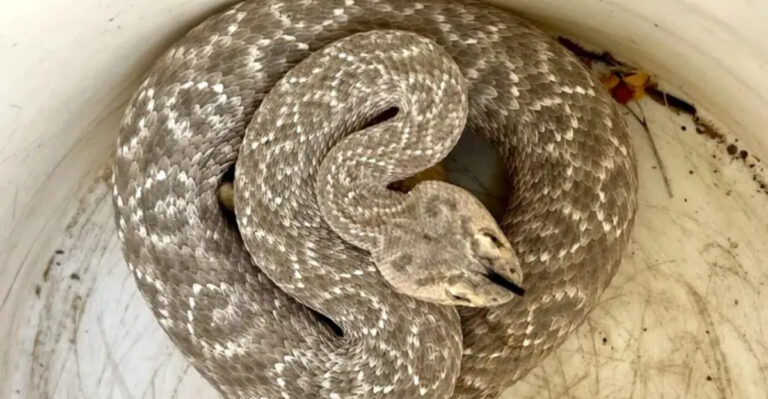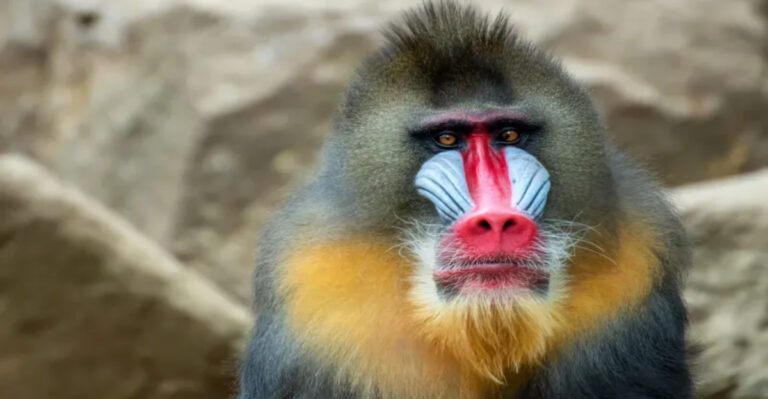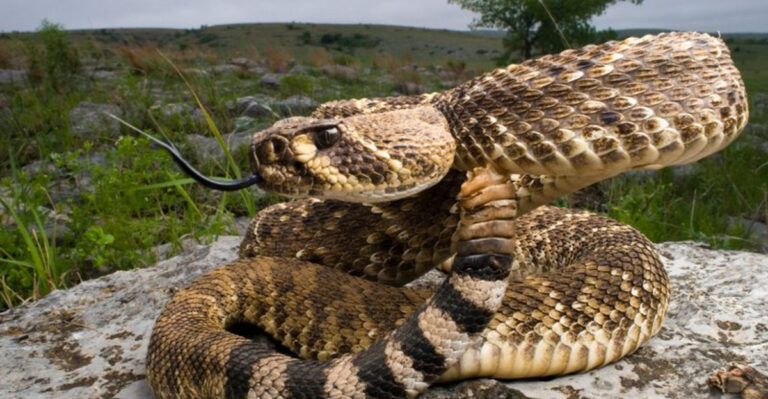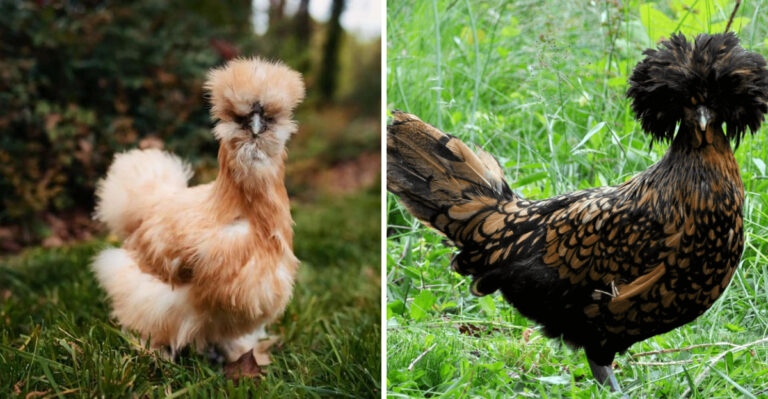12 Fascinating Creatures You Rarely Get To See In The Wild
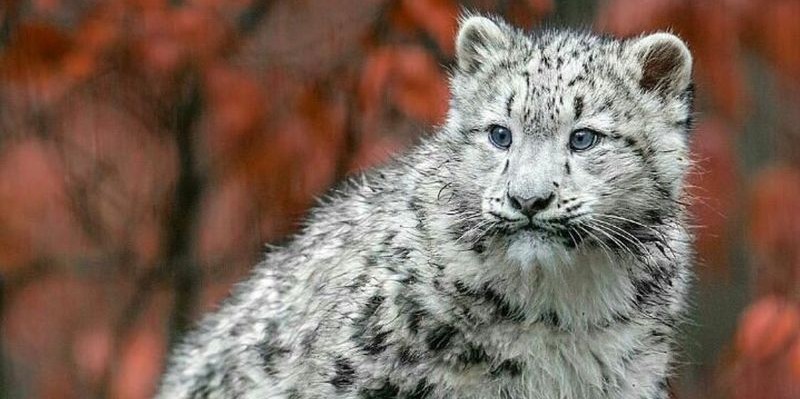
In the animal kingdom, some creatures are so elusive that spotting them takes sharp eyes and a bit of luck.
These wonders of nature are masters of disguise or just incredibly rare, making them a thrill to encounter. Join us as we explore these hidden gems and discover what makes them so special!
1. African Bush Viper
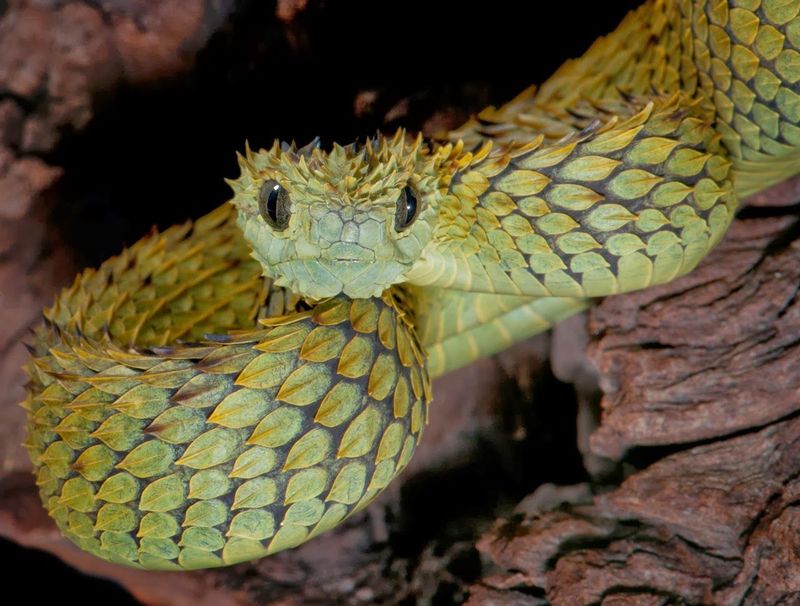
The African bush viper is a stunning snake with vivid green and yellow scales, perfect for blending into the rainforest.
Its bright colors warn predators while helping it stay hidden in dense foliage.
This sneaky snake spends its time coiled on tree branches, waiting for prey to pass by.
But watch out, its bite is venomous, so spotting one requires both sharp eyes and caution.
2. Irrawaddy Dolphin

The Irrawaddy Dolphin is a rare freshwater dolphin with a unique rounded forehead and no beak, found in Southeast Asia.
These dolphins are known for their friendly, playful nature and prefer the brackish waters of river deltas and estuaries.
Unlike other dolphins, they move slowly and deliberately, adding to their charm.
Unfortunately, habitat destruction and fishing pose significant threats to their survival.
3. Mimic Octopus
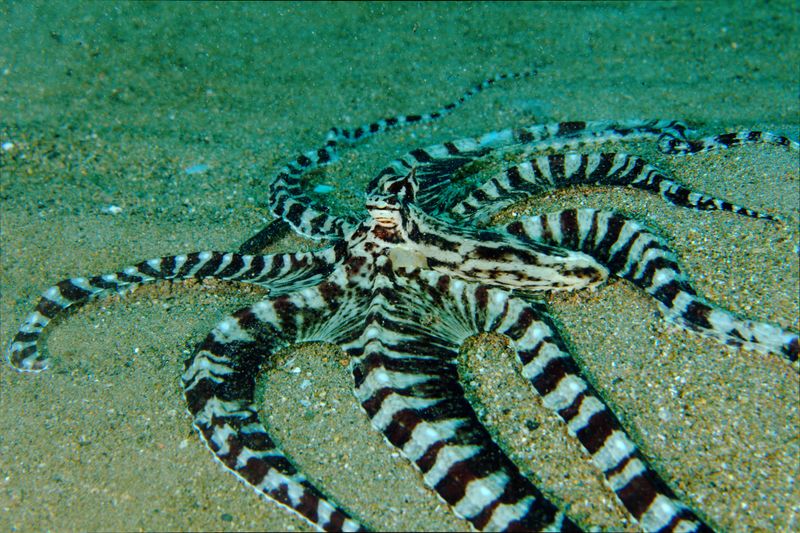
The mimic octopus is a true master of disguise, capable of imitating various marine creatures like lionfish or flatfish.
Found in the Indo-Pacific, it uses this skill to ward off predators, showcasing its intelligence and adaptability.
Spotting this octopus is tricky due to its seamless blending with the environment and ability to mimic other species.
Even experienced ocean explorers may miss it at first glance.
4. Arctic Fox
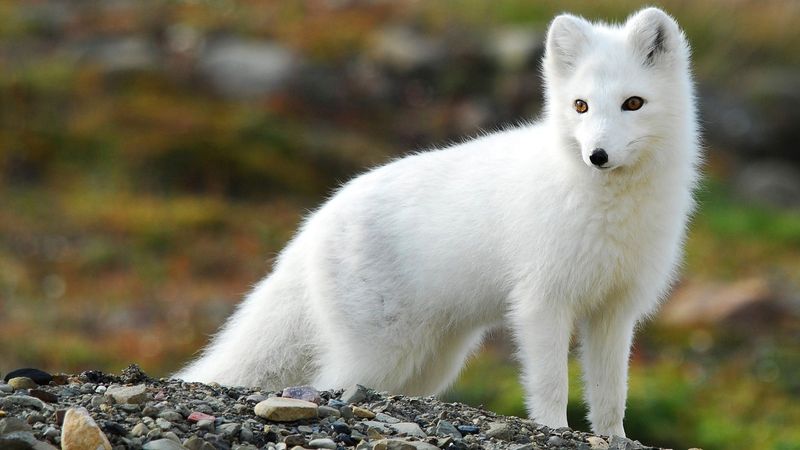
The Arctic fox is a true symbol of resilience, perfectly adapted to the icy Arctic landscape.
Its fluffy white coat blends seamlessly with the snow, making it a master of camouflage, essential for hunting and avoiding predators.
In warmer months, the fox’s coat shifts to brown, matching the tundra’s changing colors. This remarkable adaptation helps it stay hidden and in sync with the environment.
5. Snow Leopard
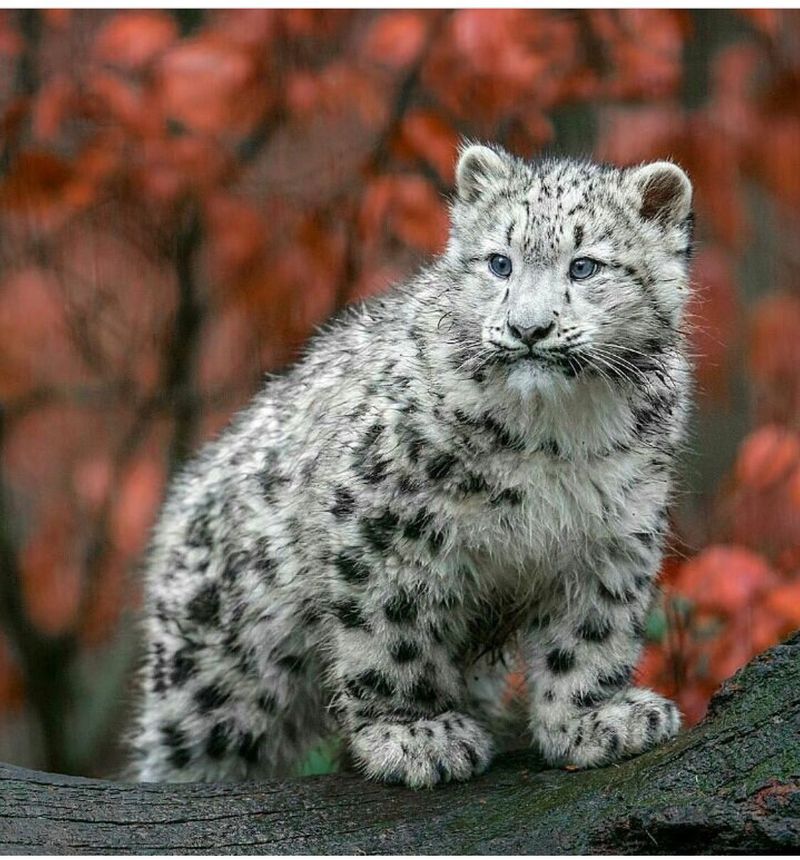
The snow leopard, known as the “ghost of the mountains,” is a mysterious big cat found in Central and South Asia.
Its thick, spotted coat helps it blend into the rocky, snow-covered terrain, making it a master of camouflage.
Spotting one in the wild is a rare challenge, requiring both patience and luck.
These solitary cats are experts at navigating steep, rugged mountains, often staying hidden from even the most dedicated wildlife watchers.
6. Saola
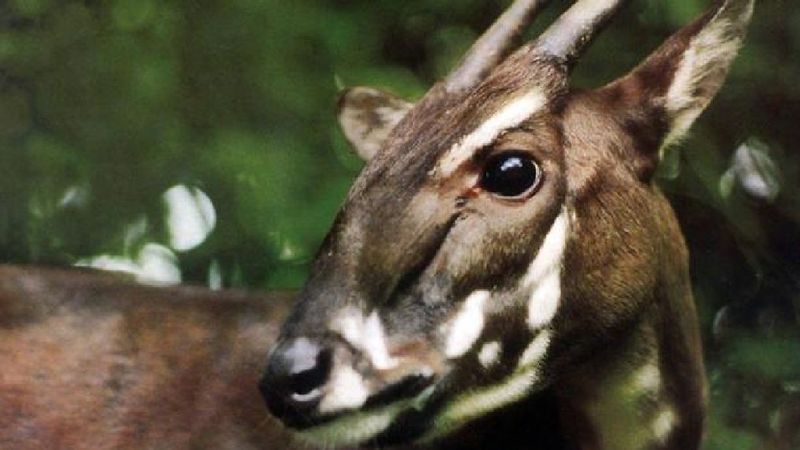
The Saola, often called the “Asian unicorn,” is one of the world’s most elusive mammals.
Native to the Annamite Range of Vietnam and Laos, it was only discovered by scientists in 1992.
With its long, straight horns and white facial markings, the Saola is striking yet mysterious.
It thrives in dense, wet evergreen forests, though it’s critically endangered due to habitat loss and poaching.
7. Chameleon

Chameleons are known for their amazing color-changing abilities, making them one of nature’s most fascinating reptiles.
Found in warm climates across Africa and Madagascar, they use their vibrant colors to communicate and stay hidden from predators.
Spotting one in the wild takes patience, as they blend seamlessly with their surroundings.
Their slow movements and color shifts make them hard to spot, even for experienced wildlife watchers.
8. Cuttlefish
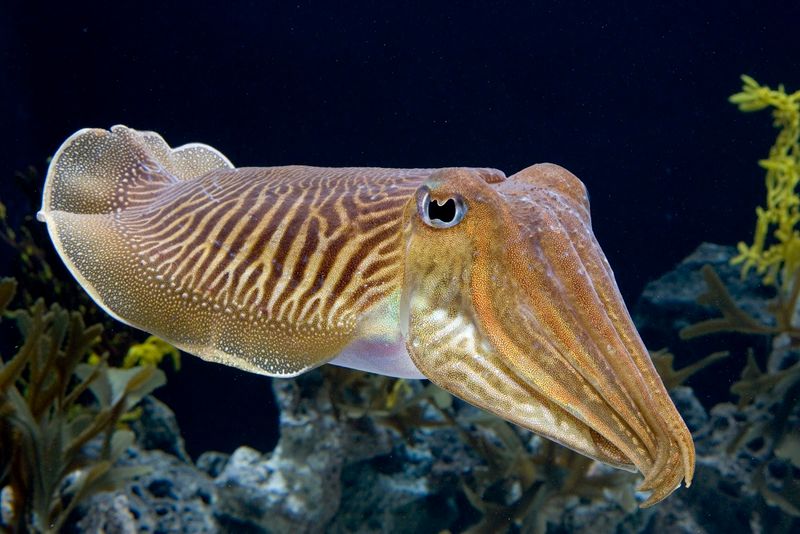
Cuttlefish, the chameleons of the sea, are known for their amazing ability to change color and texture instantly.
Found in oceans worldwide, they use this skill to communicate, hunt, and evade predators, creating a mesmerizing display of nature’s artistry.
They live in various marine environments, from coral reefs to open waters, making them elusive and fascinating to observe.
Beyond their camouflage skills, cuttlefish are intelligent creatures with complex social behaviors.
9. Invisible Moth
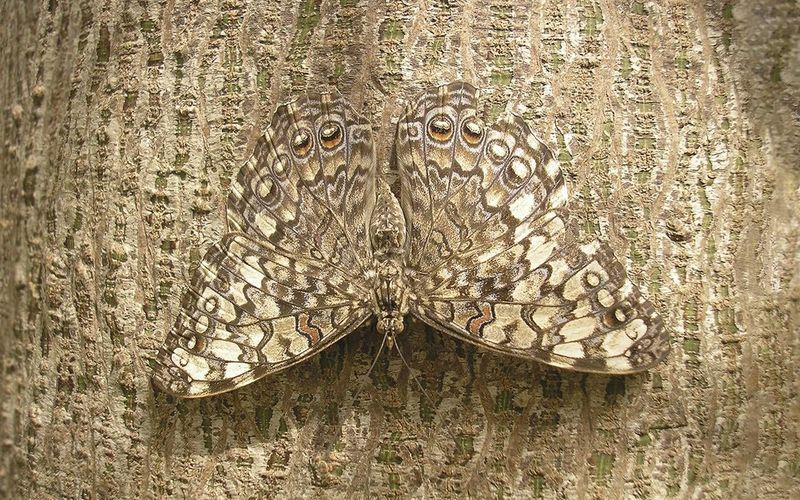
The invisible moth, with its dull gray-brown wings, is a true master of disguise.
Found in forests worldwide, these moths blend perfectly with tree bark, making them nearly impossible to spot.
Spotting one requires sharp eyes and patience, as their wing patterns mimic the texture around them so well.
Even when in plain sight, they often go unnoticed due to their excellent camouflage.
Invisible moths may be small, but they play an important role in their ecosystems as pollinators.
10. Leafy Sea Dragon
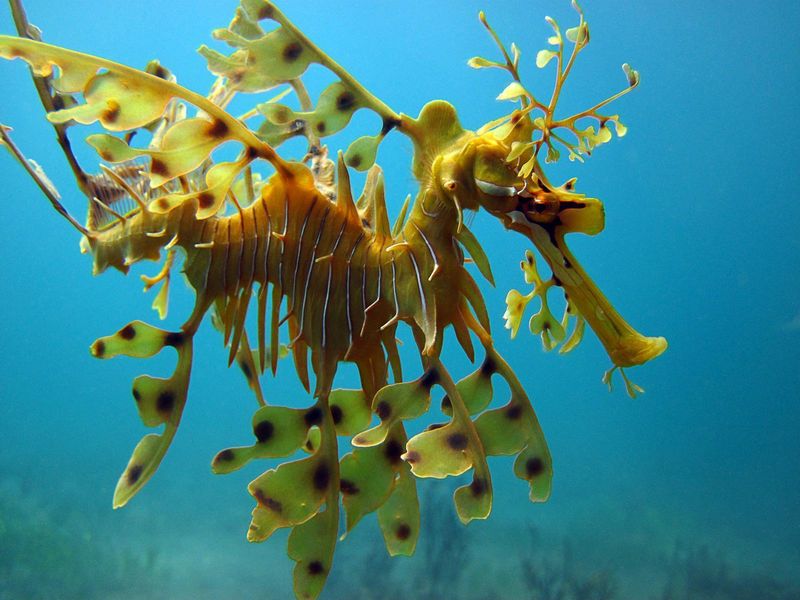
The leafy sea dragon is one of the ocean’s most camouflaged creatures, blending seamlessly with seaweed and kelp.
Found along the southern and western coasts of Australia, its leaf-like appendages make it a true master of disguise.
Experienced divers often struggle to spot these delicate creatures, making patience and keen observation essential.
Instead of relying on speed or aggression, leafy sea dragons use camouflage to avoid predators, embodying a tranquil existence.
11. Pygmy Seahorse
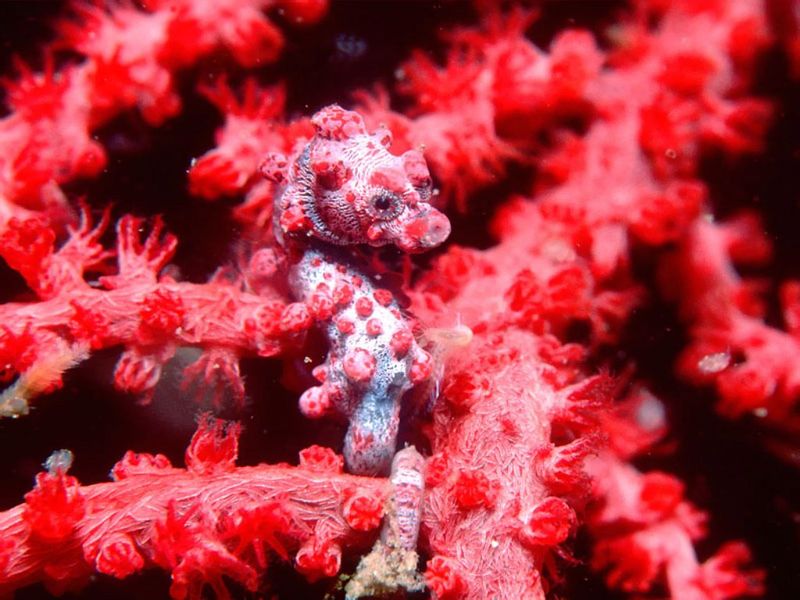
The pygmy seahorse is a master of disguise, blending perfectly with its coral home.
Found in Southeast Asia’s coral reefs, it mimics the texture and color of coral polyps, making it nearly invisible.
Divers and predators alike often miss this elusive creature, requiring careful observation to notice its presence.
Pygmy seahorses are fascinating not just for their camouflage but also their unique biology.
Males carry the young in specialized pouches, offering a role reversal that intrigues marine biologists.
12. Glass Frog
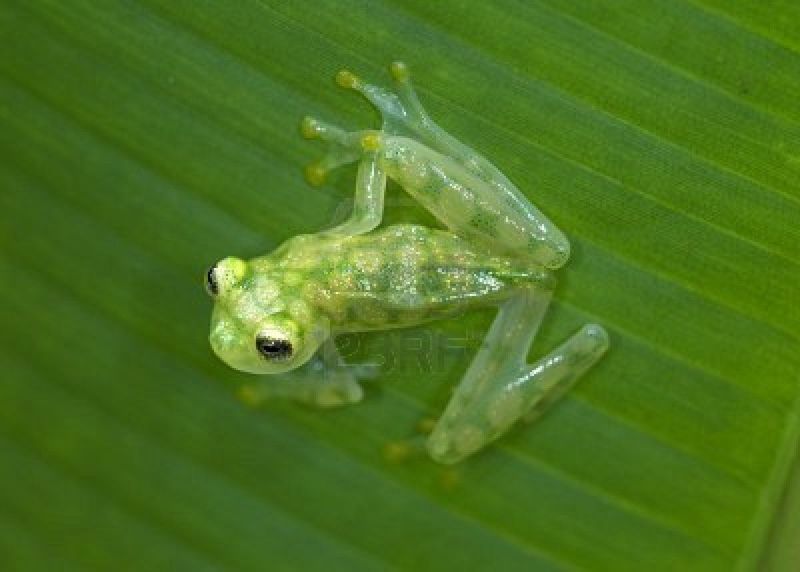
The glass frog, with its translucent skin, offers a unique peek into its internal organs, earning its eerie name. Found in Central and South America’s rainforests, it blends perfectly with its leafy surroundings.
Spotting one requires a sharp eye, often during nighttime explorations since they are nocturnal. Their transparency helps them mimic dew-covered leaves, making them nearly invisible to predators.
Glass frogs play a vital role in controlling insect populations and serve as environmental indicators.

